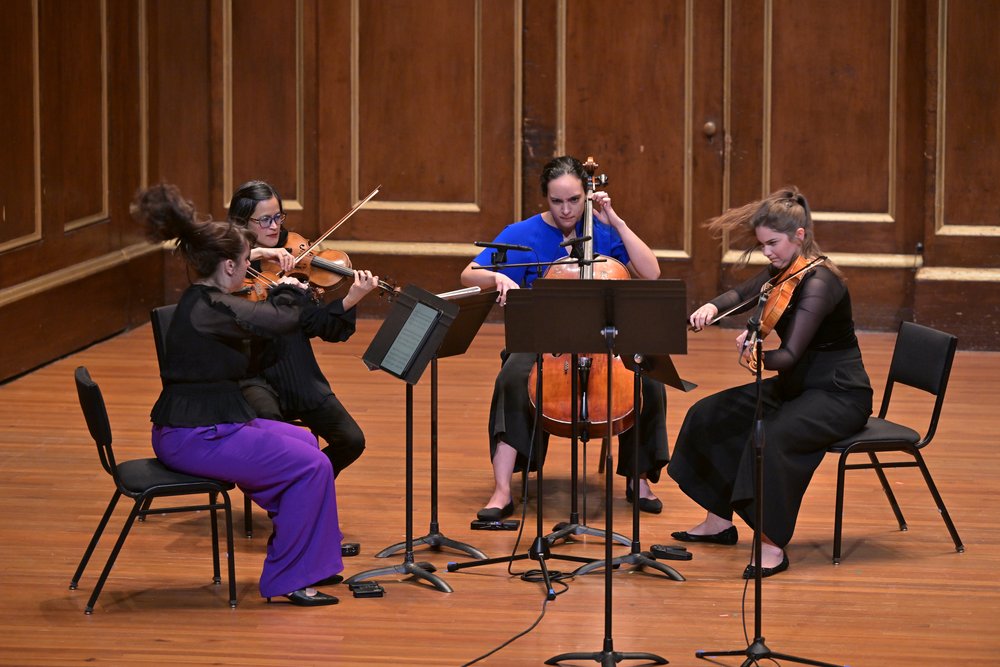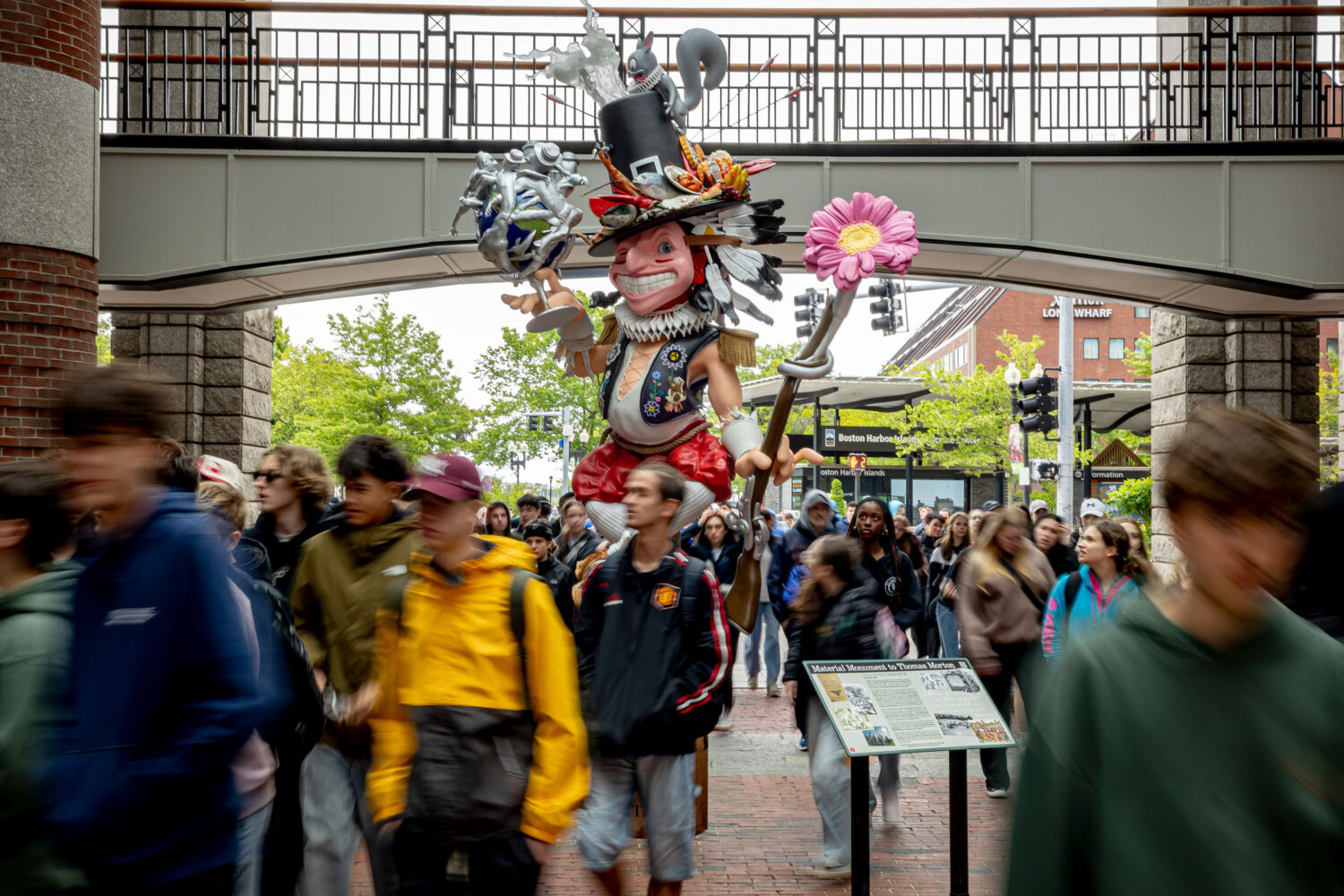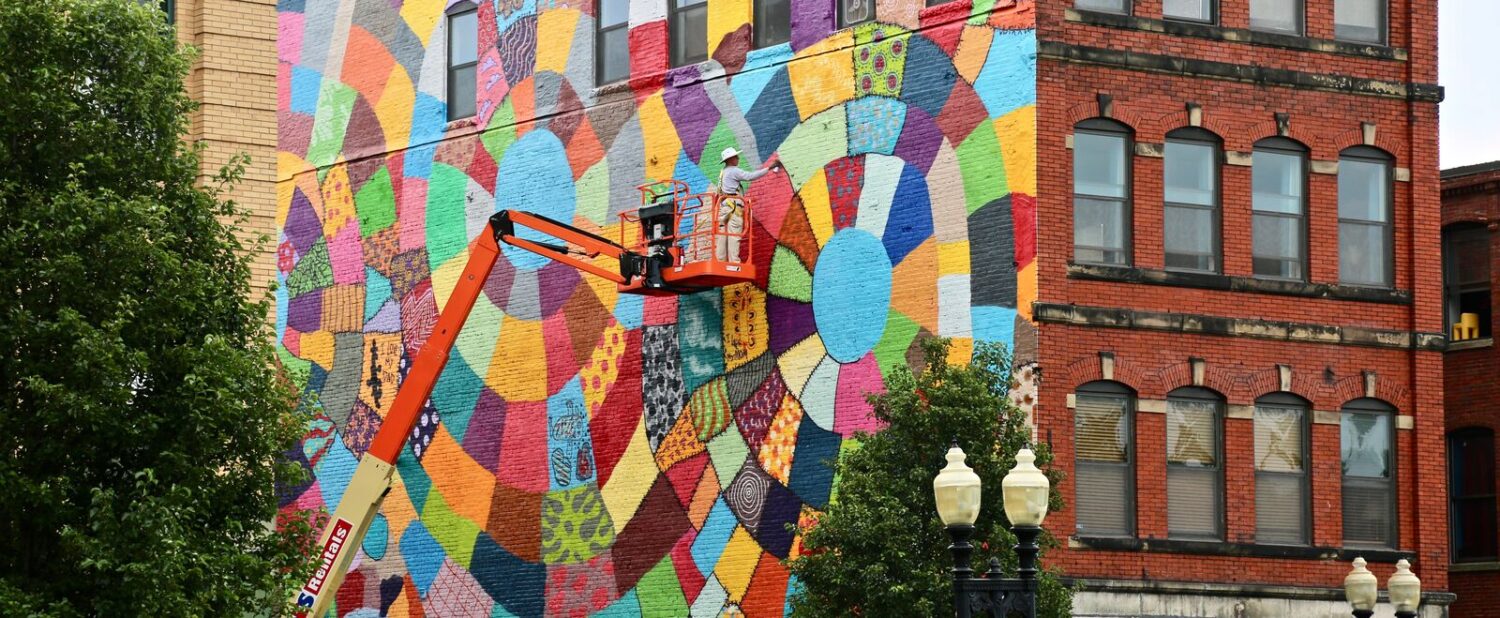A Boston classical music group rededicates itself to diversifying the musical canon prompted by the pandemic shutdown and a national movement for racial justice.
The 18-member classical music ensemble A Far Cry has always had an “omnivorous” approach to programming, offering up an eclectic mix of music reaching far beyond warhorse favorites like Bach and Beethoven.
A typical concert program might include the music of minimalist composer Philip Glass and the distinctive vocalizations of A Roomful of Teeth, who sing not only in Western classical style but also perform Inuit throat singing, Korean P’ansori and yodeling. Over the years, the self-conducted Jamaica Plain orchestra has racked up accolades for its adventurous fare, topping Billboard charts and getting nominated for a Grammy Award — twice.
Then, in 2020, George Floyd was murdered.
“And yes, the murder of George Floyd, woke all of us up,” says Jae Cosmos Lee, violinist, and an original founding member of the group.
With performances shuttered, the ensemble could finally, painfully, take stock of itself.
“It really did open up more awareness,” reflects Lee. “It opened a lot of debate over why we play what we play, and who we play for. Who is our audience? Every one of those things came under scrutiny, and we weren’t playing concerts. We were on Zoom meetings and talking about this very intensely because we are a very white-majority group.”
The “Criers,” as they like to call themselves, began to realize that their previous efforts, as quirky, eclectic, and adventurous as they may have been, still fell short. There were no Black Criers. (Although two are Asian, including Lee, who is Korean American, and four others are of mixed-race heritage.) They combed through previous programs performed since the group’s founding in 2007 and discovered another disconcerting fact: “The first five years, it was predominantly white male composers,” says Lee of their programming.
“If we only played Bach, Schubert, Beethoven, then we’re just not doing anyone a service.”
It was a second wake-up call.
Ever since that moment in 2020, A Far Cry, like many arts organizations around the country, has grappled with how to expand its programming and outreach to include more people of color, women, and members of the LGBTQ community.
“I think it’s our duty to examine issues of race, access and engagement with communities outside of the traditional classical music audience, which is largely white, while at the same time exposing that audience to new composers of color,” says Grace Kennerly, A Far Cry’s Executive Director.
Every Crier has heard the clarion call to increased diversity. But now the rub comes in figuring out exactly how to push boundaries while continuing to sell tickets. According to Kennerly, Audience Outlook Monitor surveys show that nationally, audiences are even more attached to hearing what they already know in the wake of the pandemic.
That makes the Criers’ mission even harder. They cannot ignore what they’re hearing, since the group’s very existence is on the line. Like most other arts organizations, A Far Cry’s ticket sales fell precipitously during the pandemic and have yet to rebound. And yet, as Lee puts it, “The status quo can’t happen. It’s just not good enough.”
And so, the Criers have not retreated, but instead have redoubled their effort to widen the classical music canon.
Each Crier is encouraged to submit a potential program that can be played by the group in an upcoming season. Their submissions include not only composers they might play, but people they might ask to collaborate. Ever since the group’s reassessment of itself in 2020, members have paid much closer attention to making sure their program submissions reflect the full spectrum of composers.
As often as they can, they have consciously featured historic composers of color in their programs, like Portuguese composer Vicente Lusitano, Afro-British composer Samuel Coleridge-Taylor and Creole violinist and composer Joseph Bologne, Chevalier de Saint-Georges, who was a contemporary to Mozart. They’re also featuring plenty of women composers like Venezuelan composer and pianist Teresa Carreño and Russian composer Galina Ustvolskaya.
“I would say we’re probably one of very few performing groups consciously programming that way,” says Lee.
The lack of diversity among the Criers themselves remains an issue, but it is a problem that the group has tried to address through broadening its commissions and collaborations.
This year, the orchestra will premiere two new commissions, one by Native American composer Juantio Becenti, the other by Black nonbinary violinist, vocalist, and steel pannist Yaz Lancaster. It has also planned collaborations with five soloists including Syrian clarinet player Kinan Azmeh and Sri Lankan composer and pianist Dinuk Wijeratne.
Every program (which must be approved by vote among the group’s 18 members) typically presents a message, often touching on social and political issues. Each member submits a program idea based on their own interests and inspiration, keeping in mind the diversity goals, which has helped to keep programming fresh and unexpected. “It’s very much about connections to a message,” says Kennerly. “They use any musical piece they can find to help convey it in the best way possible.”
In December 2021, the group premiered three works in a program called “Flames to Ashes,” curated by Lee himself. One piece, commissioned from Yaz Lancaster entitled “our streets” was inspired by the 1921 Tulsa Race Massacre in which white mobs burned to the ground the homes and businesses of Tulsa, Oklahoma’s Black community. Another piece,
“Han,” written by Jung-Yoon Wie, was performed in response to rising hate crimes against Asian Americans. (Han is a Korean word referring to feelings of sorrow, grief, resentment, and anger.) The third work in the trio was Kevin Puts’ “Credo”, which was written in response to the mass shooting at Virginia Tech in 2007.
“Every program is going to have some interesting work by a female composer, by a LGBTQ composer, by a composer of color in some form or another,” says Lee. “I think our programing is never going to go back to juxtaposing Philip Glass and J.S. Bach.”
Diversifying the classical music audience is another still-to-be-solved problem. If the Criers themselves were more diverse, they would likely attract more diverse audiences too, Lee admits.
“Dominicans need to see Dominican performers up there in order for them to be like, I support this,” says Lee. “I want to do this.”
And yet, a group born of a collaboration among a handful of like-minded, mostly white Boston-area conservatory students, like us all, has its own biases of race, class, and privilege. Overcoming them is a battle yet to be won. Even now, the group has yet to recruit a Black Crier. (Though now that four positions are currently open within the orchestra, the group has vowed to fill some of those positions with musicians of color.)
Even so, A Far Cry continues to try to improve in other ways, serving as a timely example of how an arts organization can find a path toward more inclusive programming even in a moment of deep economic uncertainty.
In July, the group performed a “Rhythms of the Day” Family Concert at Brockton’s Fuller Craft Museum as a small start to engaging more with majority Black and brown communities. The Criers hope to forge a long-term partnership with Fuller that will see them playing in the community on a regular basis. In addition, the group is working on a 5-year strategic plan to develop more metrics and specific goals around their work, processes, and recruitment.
“We’re actively discussing broader recruitment networks outside of our ‘friends and family plan,’ says Kennerly. “We’re working to understand who we’re not reaching and why. We know that there are qualified Black and brown players both outside and within our immediate networks who could fill every position in the orchestra. And we also know that we have to invest in educating ourselves and make intentional choices about who we work with.”
Though it’s early yet, with ticket sales still down due to COVID-19, the early feedback suggests, according to Lee, that audiences are “excited” about what the group is doing.
“A big part of what art and music has the ability to do is to connect and crossover, and promote dialogue around issues in a safe space,” reflects Kennerly. “It can promote openness and goodwill. As an arts institution, if we are doing our jobs, it’s our responsibility to be culturally aware and to move the needle by engaging with community. If we’re not doing that, then, what’s the point?”



